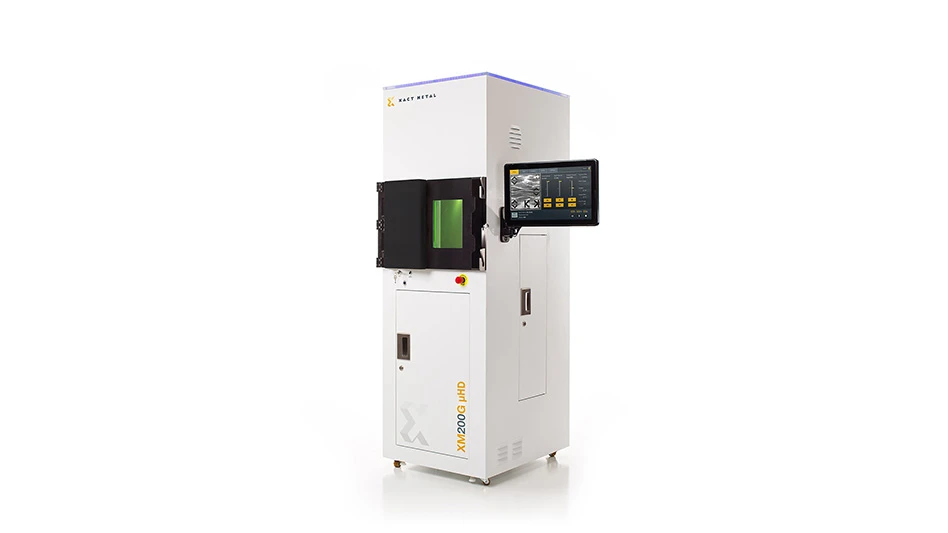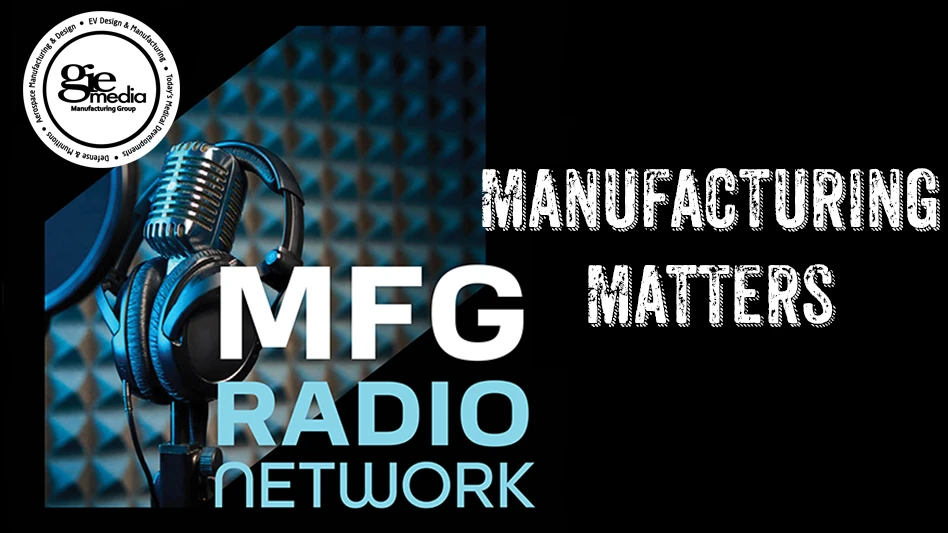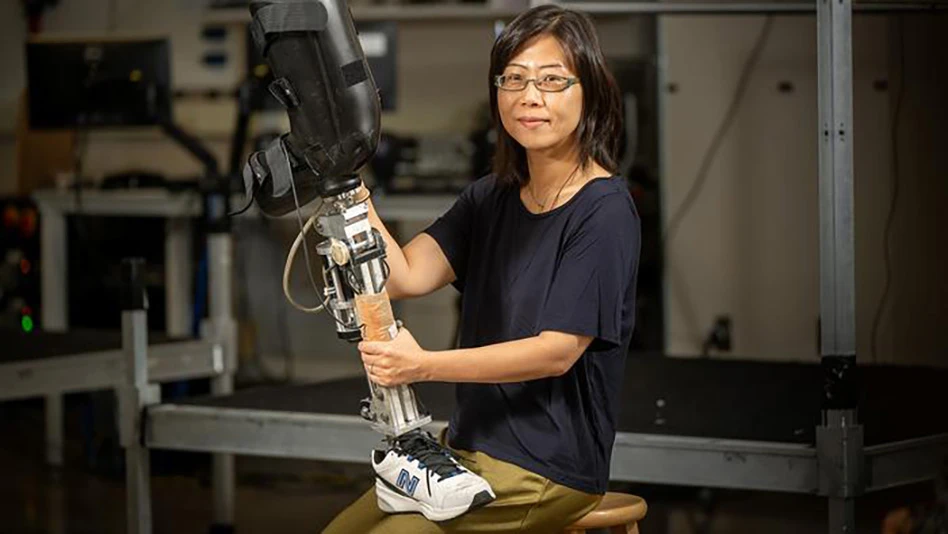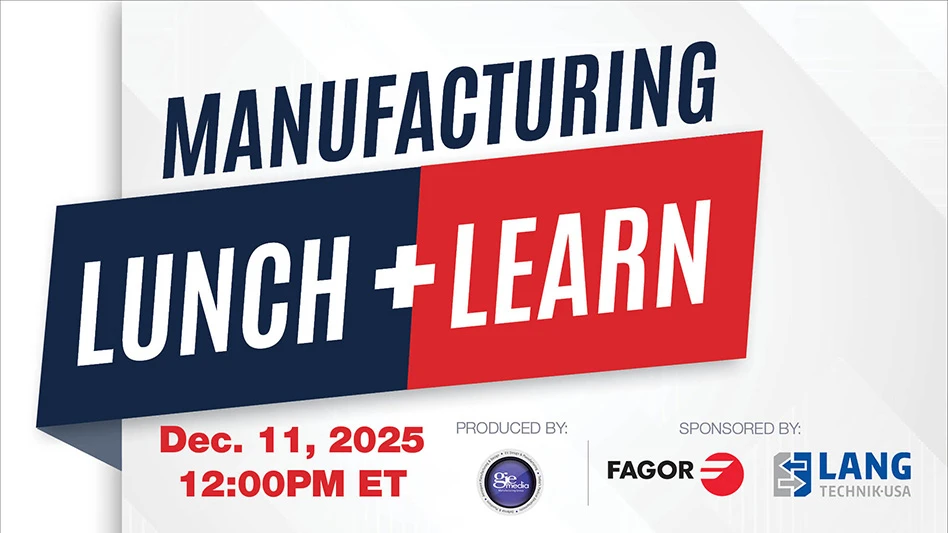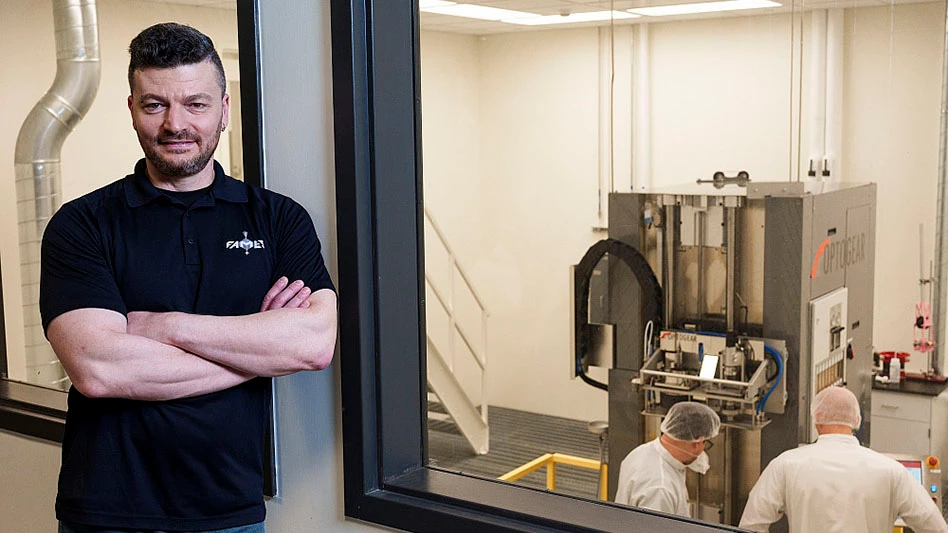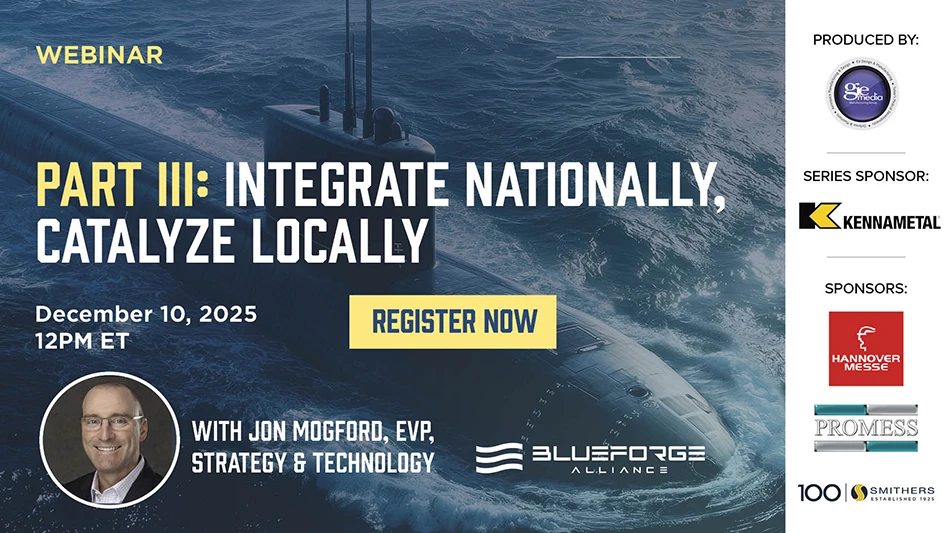
You may not realize it, but many of the products you buy actually cost a lot more than the initial price that you paid for them. For example, let's say you paid $25,000 for your vehicle. How far do you drive and how many gallons of gasoline do you use each week? How much does gasoline cost in your area? How often do you change the oil, rotate the tires, or have other maintenance work done? Over a 5-year period, these expenses, all a necessary part of operating your vehicle, can easily add up to $12,000 – or approximately 50% of the price of the vehicle.
Add to that the time you spent pick ing out the vehicle – conducting online searches, reading auto reviews, and visiting dealerships or individual sellers. All of these things – both pre- and post-purchase activities – contribute to the cost of owning the vehicle. Similar logic applies in the purchase of capital equipment: It's easy to add unexpected costs to the ownership experience, both before and after the purchase, if you look only at the initial purchase price. The "cheap" solution in the short term may end up costing you more in the long term. This article will explore how total cost of ownership (TCO) applies to linear motion systems.

Rexroth's CMS configurator selects the right modules for the overall system.
Linear motion systems, also referred to as linear modules or electromechanical actuators, typically combine a linear drive mechanism, such as a precision ball screw or toothed belt, with a linear guide system—often a Ball Rail or Cam Roller guide assembly—inside a housing to create a single linear axis. Many sizes and styles are available, which makes it easy to combine them into custom, multi-axis robotic systems for a wide range of applications. Extremely small systems can be combined to create a 3-axis dispensing system for laboratory automation, for example, or very large systems may be used to build a handling system for heavy automotive components. For a more integrated system, motors, drive amplifiers and controllers are required, and to simplify specification and ordering, some linear motion companies have begun offering complete, pre-configured Cartesian motion systems. Medical manufacturing and packaging companies often choose these pre-configured, pre-assembled systems to eliminate the time and hassle of mounting and aligning multiple axes, selecting the proper motor and drive combination, and designing mounting interfaces, which allows them to focus on their expertise: device manufacturing, high throughput screening, or packaging.
TCO APPLIED TO LINEAR MOTION
The Total Cost of Ownership principle was first defined in the 1980s to quantify the cost of implementing personal computers in the workplace. Since then, the TCO theory has been applied widely throughout all major industries, including manufacturing, to analyze the lifetime costs of major assets. A wellimplemented Cartesian robot or other multi-axis manufacturing system, for example, can not only cut production time and increase throughput, but can also improve quality and profits. If poorly implemented, however, those profits can disappear in re-work, re-design or unexpected maintenance costs.
In our car example, we evaluated the ongoing costs of running and maintaining the vehicle as important considerations beyond the initial purchase price. But what factors should you consider when evaluating the costs of a linear motion system? In this case, unplanned or infrequently considered costs are often found in three separate phases of implementing the system:
- Pre-purchase activities such as design and specification.
- Purchasing, which includes ordering, taking delivery, system assembly and startup.
- The post-purchase phase, including maintaining and re-purposing your system.
THE PRE-PURCHASE PHASE: CRITICAL STARTING POINT
The pre-purchase phase is the most important phase of implementing a linear motion system. In this phase, the cost elements influencing TCO depend on the time required to design, specify, and purchase the appropriate linear motion system. Making good choices in the pre-purchase phase can save time in designing the system and in sourcing the components. Getting it right early also ensures smooth startup and trouble- free operation. With good planning, it's possible to save some money here without causing trouble later.
The key to success in this phase is sizing and selecting the appropriate linear module or modules for your system. To make the sizing and selection process easier, most reputable linear motion companies offer considerable resources in web-based sizing and selection tools. A typical three-axis Cartesian system normally requires at least 17 hours of engineering time just to size the system to ensure you're getting the right modules to handle the application requirements—not undersized or oversized. For example, laboratory automation often calls for smaller systems. If the system is larger than the application requires, you've wasted both money and space. Good sizing tools can guide the user through the main factors that need to be considered, and can cut this time to three hours or less. Coupled with automated drawing generators, which provide instant access to 2-D and 3-D models, the user can save $1,120 or more in engineering costs alone.



Interchangeable components make it simple to effect repairs by allowing end users to replace just a block on a linear rail.
Cost savings resulting from good planning go well beyond saved engineering time. Consider the consequences of a poorly engineered system. A system that is not robust enough to handle the application, if installed, leads to terrible waste due to poor performance, lost productivity and lost revenue from missed market launch opportunities. In addition, factor in the extra cost and hassle of removing the ineffective system, re-sizing the application, re-ordering, re-installing and starting up a new system. The wasted time and money involved can easily exceed thousands of dollars and, if you are a machine builder, may lose you a customer.
THE PURCHASE PHASE: THAT RED TAPE IS EXPENSIVE
Once the linear motion system is selected and designed into the application, purchasing activities begin. Some companies can provide a single part number for a complete, multi-axis electromechanical system, making the ordering process easier by simply reducing 20 or 30 part numbers down to one. The results are savings in the number of vendors, purchase orders, and line items, further leading to time savings throughout the approval, procurement and receiving processes. At $100 processing cost per purchase order, savings could add up to another $2,000 or more per system. If you need to order a duplicate system, repeat cost savings are already built in.
After the linear motion system is received, a significant amount of time can be spent assembling and starting up the system. To reduce cost at this stage of the product life cycle, it is important to choose a system that is easy to install and that does not require complex start-up procedures. Pre-assembled linear modules and Cartesian systems offer the least complexity in this regard, as 80% of the assembly, integration and programming work is done by the manufacturer. Recognizing these cost savings, many system integration companies are using preconfigured Cartesian systems to cut their costs and lead times and, as a competitive edge, are passing those savings along to their end-users. In conjunction with pre-assembled systems, user-friendly Human Machine Interfaces (HMIs) and programming protocols can save still more time and money by providing machine-builders and end-users with simple openbased programming options.
THE POST-PURCHASE PHASE, OR: WHAT DOES "LUBED FOR LIFE" MEAN, EXACTLY?
After the system is put into service, maintenance work can add several thousands of dollars to the cost of ownership over the life of the system. This is an area often underestimated by machine designers (and the purchasing department). Some linear products are cleverly marketed as "lubed for life." However, it is important to note that the life (number of meters or revolutions traveled) is often defined with no load applied to the system. Be sure you understand the manufacturer's "fine print." When a load of just 100 lb. is applied, the life of these "lubed for life" components can be reduced by five times, for example, from 25,000km to 5,000km. For a machine with 1-meter stroke, traveling at 1 m/s for 16 hours per day, this equates to approximately one full year of life that is lost. If the scheduled replacement of the linear motion system is every three years, then a lost year of life increases the replacement frequency by 33%.
To reduce maintenance and replacement costs, choose a linear motion system that incorporates full contact seals, which preserve lubrication inside the moving components and prevent contamination from entering. Re-lubrication time and effort can also be reduced by choosing a system with easy-to-access lube ports or the capability of using an automatic lube system. The maintenance personnel will appreciate such a design.
Beyond lubrication and preventive maintenance, it is sometimes necessary to repair or upgrade a machine in order to increase performance, which often involves changing or upgrading the linear motion system. In many cases, the entire linear system does not need to be upgraded or replaced – just one or two components. Some manufacturers of linear products make it easy to replace only a part of their system by offering interchangeable components. This reduces not only the cost of the parts that are needed, but also the time required to make the changes in the machine. With interchangeable components, the cost of replacing or upgrading a linear motion system can be reduced by 75%.

Linear motion systems combine a linear drive with a linear guide system.
TCO PUTS LOW PRICE IN CONTEXT
Today's manufacturing environment is increasingly defined by lean initiatives— to cut waste wherever possible. But lean thinking is frequently deployed to re-organize manufacturing processes only. As we've seen, cutting waste to optimize TCO can occur at every phase of a capital equipment project. Everything from your initial research and design, through acquisition and startup costs, and finally the operation and maintenance of your system, all contribute to your total cost of ownership.
Look beyond just the price provided on the vendor's quotation and consider the costs associated with specifying, designing, purchasing and maintaining the system. The short-term savings achieved by simply buying the products with the lowest initial purchase price are quickly eclipsed by unexpected costs that arise in these other areas. Achieving manufacturing excellence, eliminating waste, improving worker satisfaction, enhancing revenue and profits, and increasing quality can all result if TCO considerations are applied when specifying and buying manufacturing technologies.

Explore the July 2007 Issue
Check out more from this issue and find your next story to read.
Latest from Today's Medical Developments
- GrindingHub Americas launches in 2027 in Cincinnati, Ohio
- Methods Machine Tools now offers the Nakamura-Tome NT-Flex
- Battelle awards $900,000 in STEM education grants to Ohio schools
- #55 Lunch + Learn Podcast with KINEXON
- Starrett and Gerstner offer limited edition, American made 1950s replica wooden machinist tool chests
- EMCO’s UNIVERSALTURN 50: The new benchmark in universal turning
- Archetype's Expertise for Equity accelerates early-stage innovation
- Stratasys expands its AM solutions with Tritone's cutting-edge technology
